
What Is A Hair Transplant?
A hair transplant is a surgical procedure used to treat hair loss by transplanting hair follicles from a donor site (usually the back of the head) to areas that are bald or thinning. Here’s how a typical hair transplant works:
1. Consultation and Planning
- Before the transplant, the surgeon conducts a detailed consultation with the patient to analyze the hair loss pattern, discuss goals, and determine how many hair follicles (grafts) are needed to achieve a natural-looking result.
2. Preparation
The patient is prepared for the procedure, and the donor area (usually the back of the head) is shaved and cleaned. Local anesthesia is administered to both the donor and recipient areas to ensure the procedure is pain-free.
3. Extraction of Hair Follicles
- FUE Method (Follicular Unit Extraction): In this technique, individual hair follicles are extracted from the donor area using a specialized micropunch tool.
- DHI Hair Transplant:
The DHI hair transplant (Direct Hair Implantation) is a modern hair transplant technique in which hair follicles are implanted directly into the scalp without the need for prior incisions or channels.
Unlike other methods, such as the FUE technique, where channels are created before implanting the hair follicles, the DHI method uses a special tool called the Choi pen. This instrument allows for precise and direct implantation of hair follicles into the scalp, providing greater control over the angle, depth, and direction of the implanted hairs.
One of the main advantages of the DHI technique is faster healing and a more natural result, as the process is less invasive. Additionally, it allows for a denser placement of hair follicles, leading to better hair density. The DHI method is particularly suited for patients seeking a highly natural hairline and aesthetic results. - DHI Long Hair Transplant:
“Long DHI hair transplant” refers to a Direct Hair Implantation (DHI) procedure where the patient’s existing hair is not shaved or trimmed short before the transplant. This method is particularly suitable for individuals who prefer to keep their hair long and do not want the procedure to be noticeable immediately after the surgery.
In a typical DHI hair transplant, hair follicles are extracted individually from the donor area using a specialized tool and then directly implanted into the recipient area without the need to create incisions or channels beforehand. The “long hair” aspect refers to the fact that, unlike traditional methods where the hair is often shaved or cut short, the patient’s existing long hair is left intact.
Here are some key features of a long DHI hair transplant:
1. No shaving: The patient’s hair remains long during the procedure, making it ideal for those who want to maintain their current hairstyle and ensure the transplant remains discreet.
2. Precision and natural results: The DHI technique allows for precise placement of each follicle, controlling the depth, angle, and direction of hair growth, which leads to very natural-looking results.
3. Faster recovery: Since the procedure is minimally invasive and doesn’t involve large incisions or shaving, the recovery process is typically faster, with less visible signs of surgery in the immediate aftermath.
4. Ideal for people with longer hair: This method is particularly beneficial for individuals who prefer not to shave their heads and want to keep their long hair throughout the transplant process.
In summary, a “long DHI hair transplant” is a version of the DHI method where no shaving is required, allowing patients to keep their long hair before, during, and after the transplant for a more discreet treatment.
- The extracted follicles are stored in a special solution to keep them healthy until implantation.
4. Preparing the Recipient Area
- Tiny channels or incisions are made in the recipient area, where the hair has thinned or gone bald. These channels are created to allow for the implantation of the hair follicles, ensuring an even distribution and a natural appearance.
5. Implantation of Hair Follicles
- The extracted hair follicles are implanted individually into the prepared channels in the recipient area. Precision is key at this stage to ensure the hairs are placed at the right angle and depth, so they grow naturally in line with the patient’s existing hair.
6. Post-Operative Care and Healing
- After the procedure, the scalp is cleaned, and the patient is given detailed post-operative care instructions, including how to care for the donor and recipient areas, use medications, and avoid certain activities.
- The healing process usually takes a few days to a week, and the first signs of hair growth appear in a few months. The final results are typically visible after 9 to 12 months.
7. Hair Growth After Transplantation
- The transplanted hair usually falls out within the first few weeks after the procedure (a normal part of the healing process called “shock loss”). After about three to four months, new hair begins to grow permanently.
A hair transplant is an effective and permanent solution for hair loss when performed by an experienced surgeon. It provides natural-looking, aesthetic results that can restore a patient’s confidence.
Genuine Transformations, Proven Outcomes
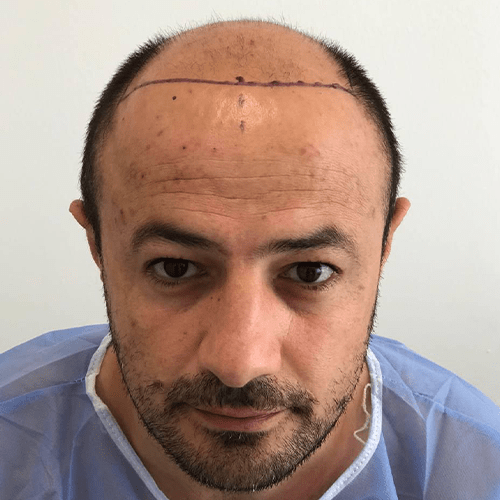
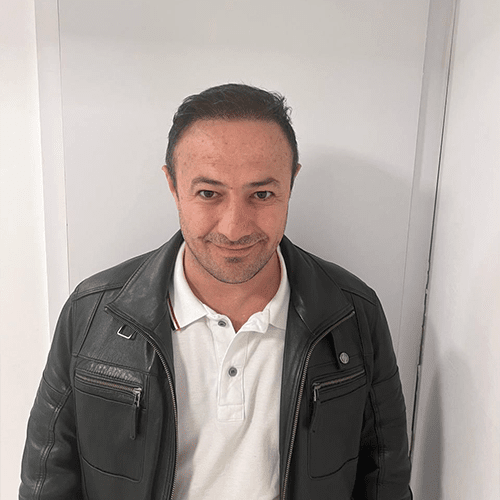
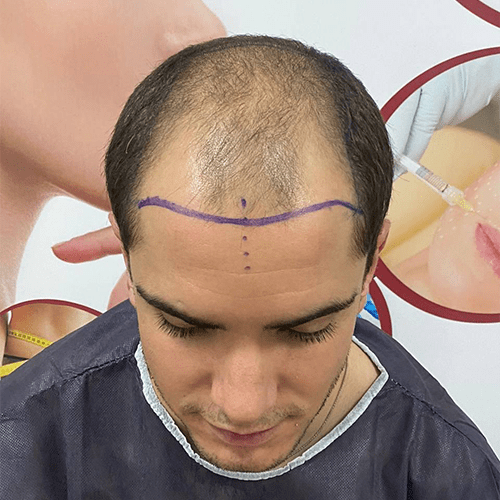

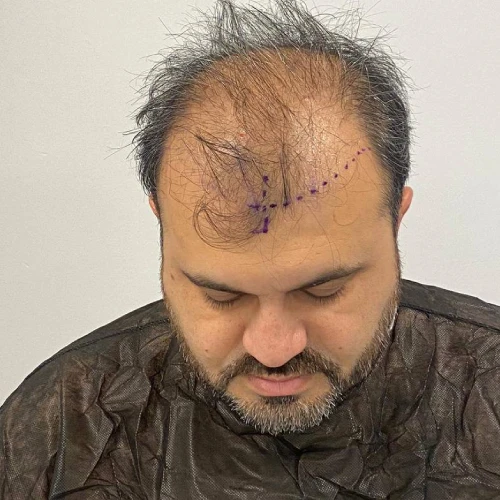
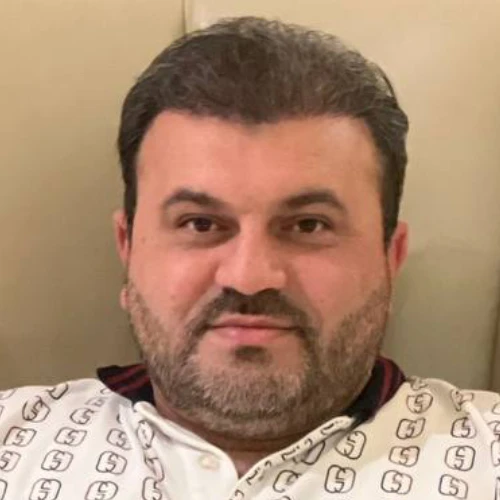
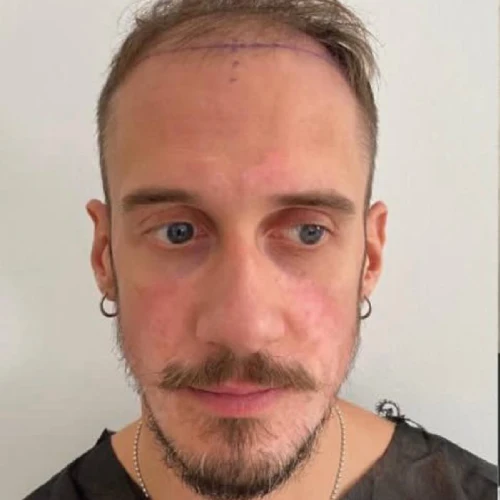


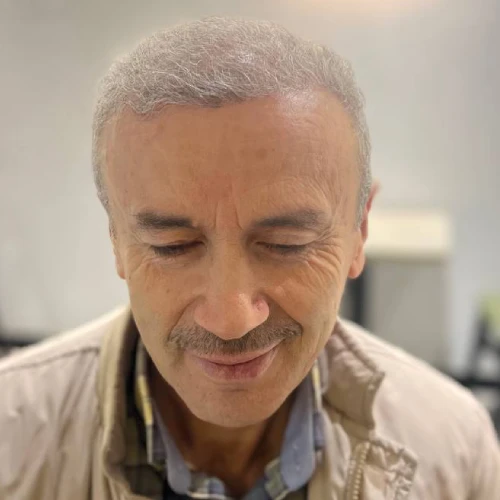
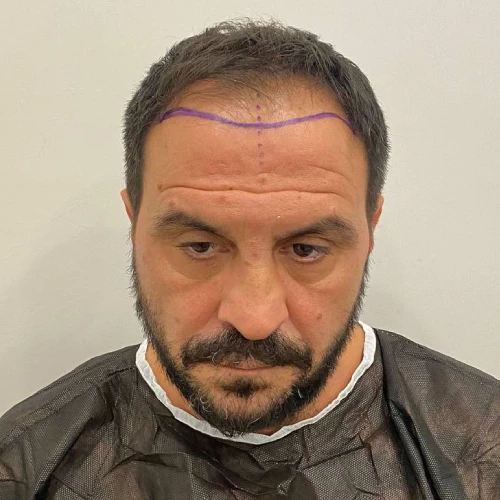



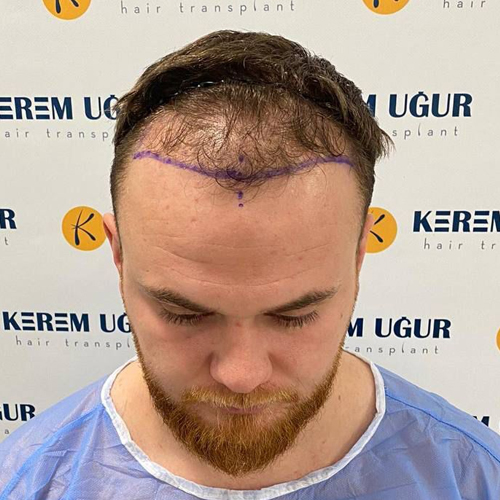
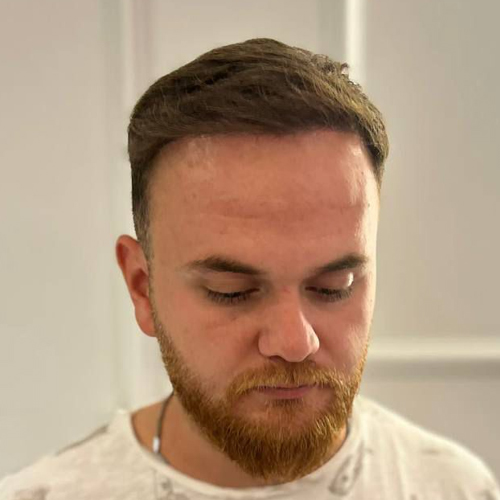
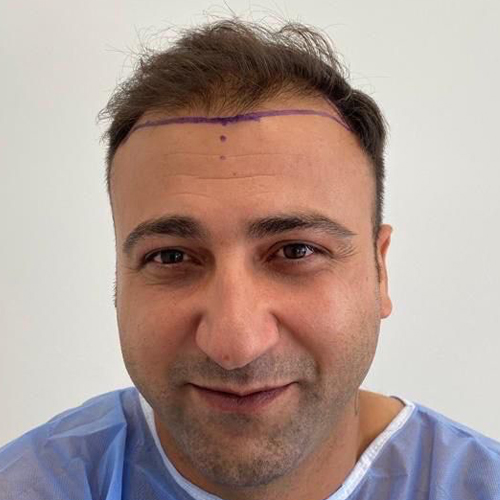

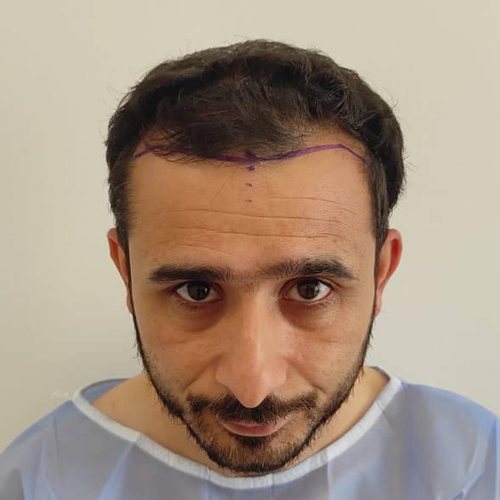

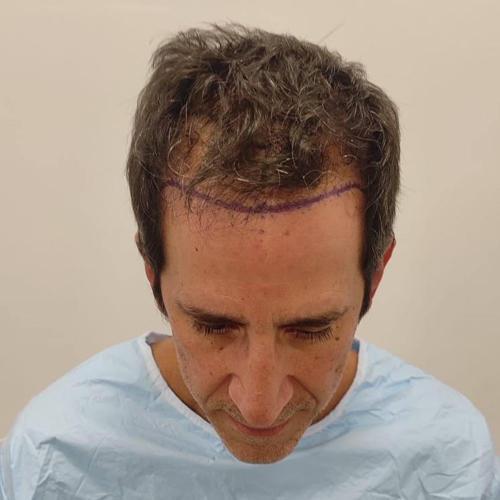

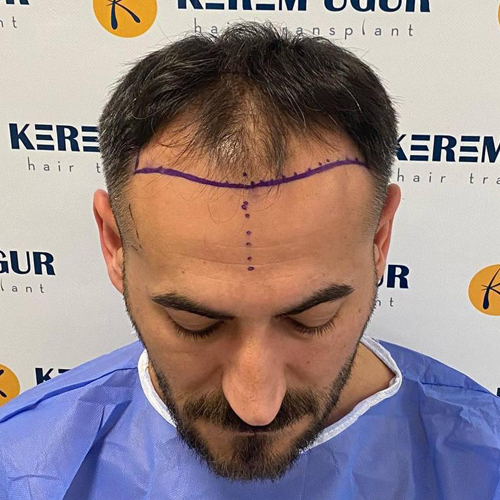
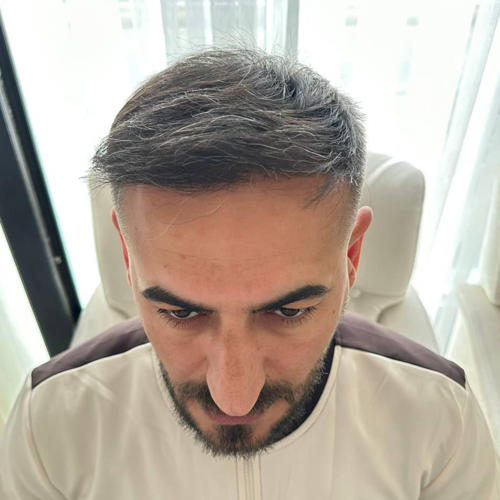


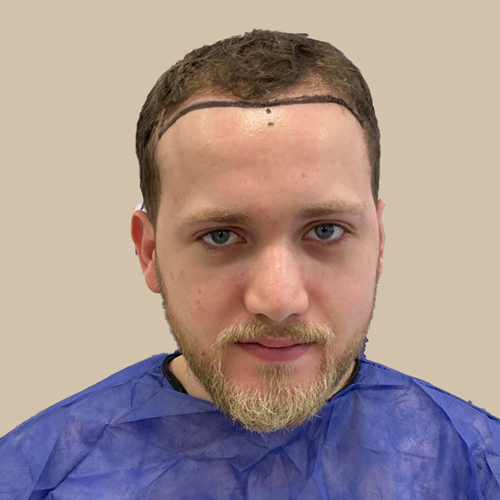

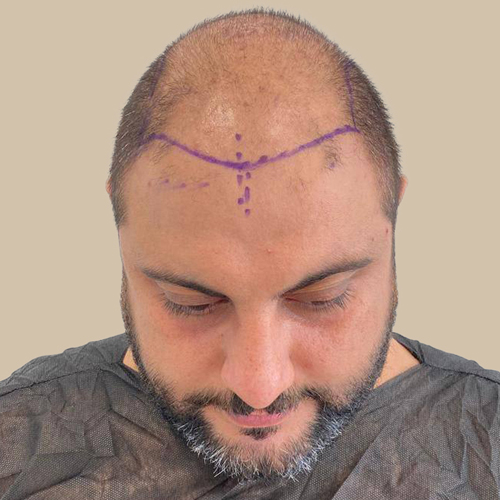







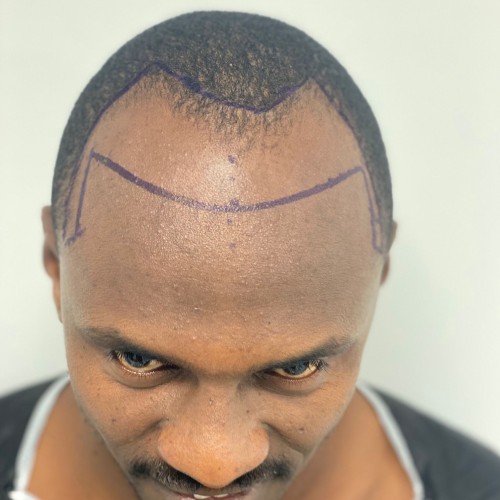
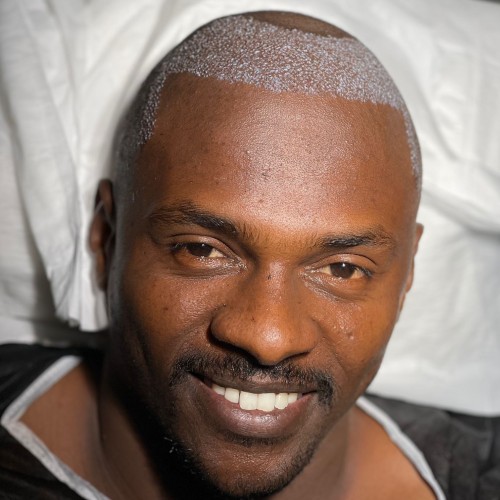
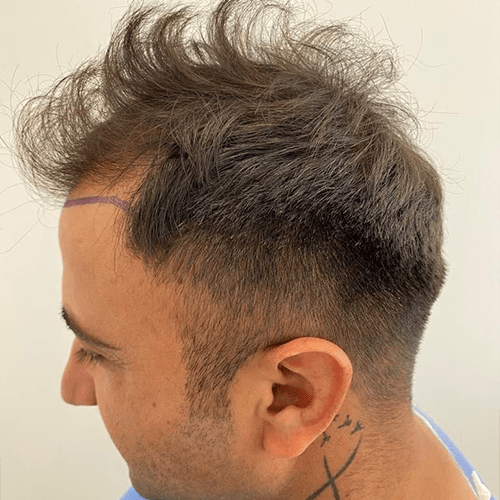
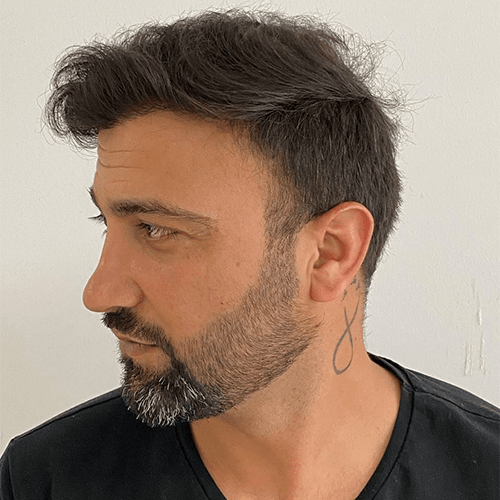
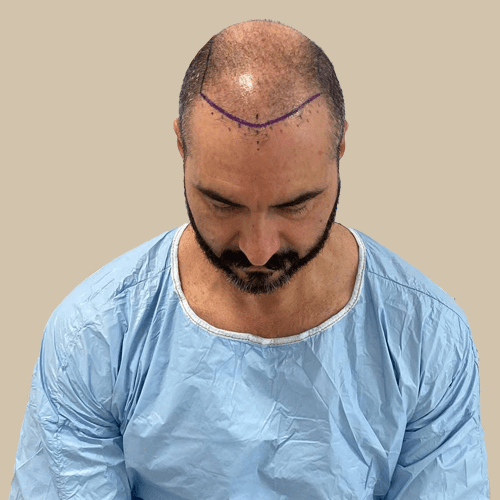
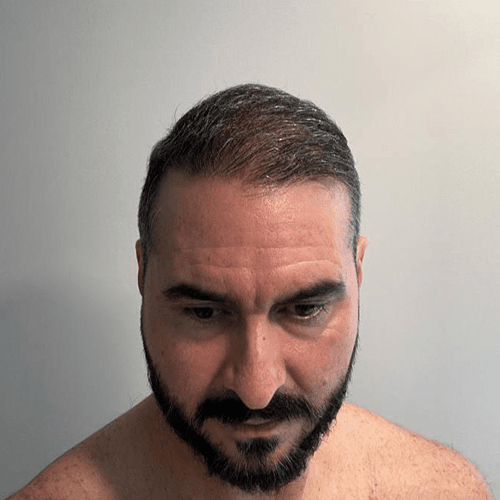
Frequently Asked Questions (FAQ) About Hair Transplants
A hair transplant is a surgical procedure in which hair follicles are taken from a donor area (usually the back of the head) and implanted into bald or thinning areas of the scalp.
Ideal candidates are usually individuals with stable hair loss patterns, sufficient hair in the donor area, and good overall health. A consultation with a specialist is required to confirm eligibility.
The two most common techniques are FUE (Follicular Unit Extraction), where individual hair follicles are extracted, and FUT (Follicular Unit Transplantation), where a strip of skin is removed and follicles are isolated. Another method is DHI (Direct Hair Implantation), where the follicles are implanted directly.
The hair transplant is performed under local anesthesia, so the procedure is pain-free. Some patients may experience mild discomfort after the procedure, which they can usually manage with pain medication.
A hair transplant can take 4 to 8 hours, depending on the number of grafts transplanted. In some cases, the procedure may be performed over two days.
The transplanted hairs typically fall out within the first few weeks after the surgery (shock loss). New hair growth begins around 3 to 4 months after the procedure, with the final results visible around 9 to 12 months.
The transplanted hair is usually permanent because it is taken from a stable donor area resistant to hair loss. As a result, the hair will last a lifetime in most cases.
Yes, modern hair transplant techniques allow for natural-looking results, as the surgeon carefully places the hair in the correct direction, depth, and angle to match natural hair growth.
With the FUE technique, tiny dot-like scars may form in the donor area, but they are typically hidden by surrounding hair. With FUT, a fine linear scar is left in the donor area, which the surrounding hair can also conceal.
Most patients can return to non-strenuous work within 2 to 5 days. However, to avoid complications, it is important to follow the doctor’s post-operative care instructions.
It is recommended to avoid strenuous physical activities for at least two weeks after the procedure to minimize the risk of swelling and bleeding.
The transplanted hair is usually permanent, but non-transplanted hair may continue to fall out. In some cases, additional treatments or a second transplant may be necessary.
Like any surgical procedure, there are risks, including infection, bleeding, swelling, scarring, or uneven hair growth. However, these risks are rare and can be minimized with proper post-operative care.
The cost varies depending on the clinic, technique, and number of transplanted grafts. After a personal consultation, the doctor can inform the patient of the exact cost.